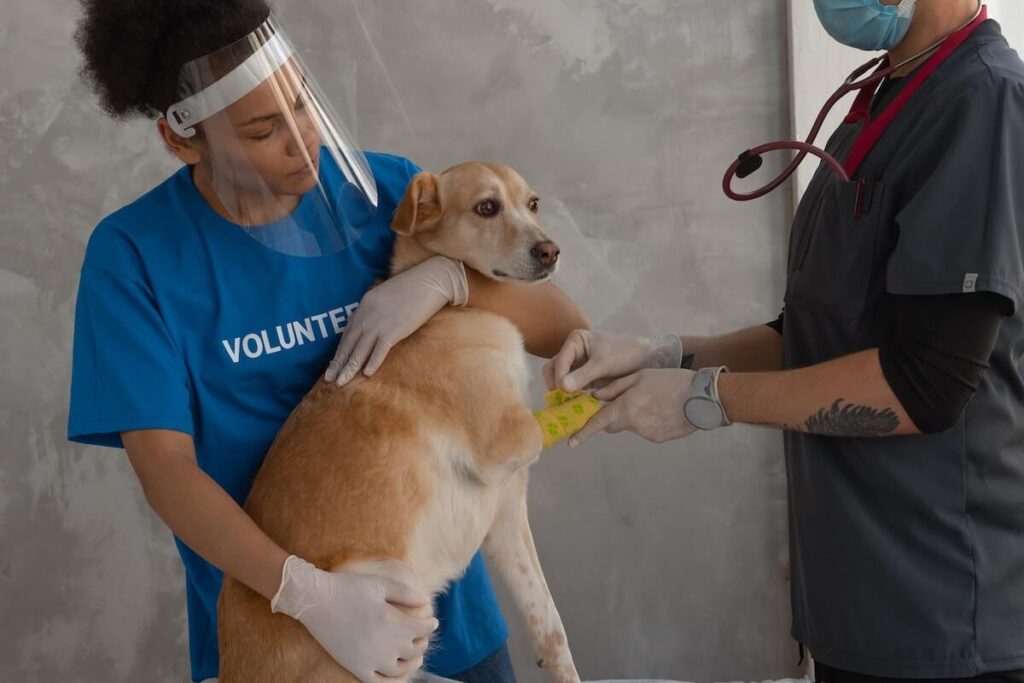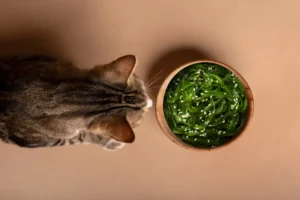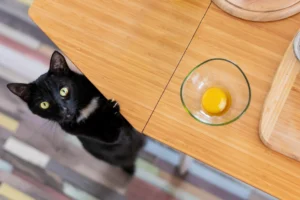First aid for pets, they might count on you one day
In commemoration of the National Pet First Aid Awareness Month (which is in April), here is a guide on how to administer first aid for pets in some of the most common pet emergencies. Your pet might be counting on you for life – saving help (should such a day arrive).

How does Pet First for Pets look like? What is it?
Also referred to as animal first aid, this particular emergency treatment is given to a domestic animal by its owner before it is officially administered by a professional licensed vet. Although some medical procedures require the attention of a veterinarian, untrained citizens could also deliver first aid to their pets in need if it is done properly.
Basic Pet First Aid
There are three principles and four rules to follow in basic first aid for pets and these rules similarly apply for human first aid as well.
The three principles of pet first aid when looking after an animal in serious condition include:
- Preserving life
- Preventing suffering
- Preventing the situation at hand from deteriorating
The four common rules of animal first aid given to provide the best level of care for animals are:
- Keeping calm
- Maintaining a pet’s airway in emergency situation
- Controlling any hemorrhage
- Seeking assistance if needed
These particular principles and rules can also be applied to pet owners with no proper medical training as it protects their pets from the risk of performing dangerous procedures that can only be conducted by a veterinary expert. Aside from that, it is also best for pet owners to be prepared before facing any sort of pet emergency.
This is where a first aid kit for pets comes in handy. Here are some supplies pet owners must always have in their pet’s first aid kit.
1. Emergency Contact Card
Having a contact card to write down important numbers associated with your pet is always helpful in cases of emergency. The main contacts that should be included are the veterinarian, animal poison control and a 24-hour emergency clinic. Be sure that a copy of these contacts are with your pet sitter and in your wallet or phone at all times.
2. Latex / Rubber Gloves
Using gloves helps decrease you and your pet’s risk of being exposed to infection. It is also best to keep multiple sets of gloves in your pet first aid kit as one pair could be worn out or the situation could require another person’s assistance.
3. Bandages
This particular item is a must have in all first aid kits and so it’s also a must have when administering first aid for pets. In most pet emergencies, bandages serve an important role as it provides support while also preventing your pet from contamination.
4. Blunt – Tipped Scissors
This item is often overlooked by most pet owners when assembling the first aid kit but they are useful when administering care to pets in medical emergencies. Not only do they come in handy when applying bandages but they are also useful when removing any particles near an injury. Blunt – tipped scissors are highly recommended when treating pets as it is more safe for use than a regular pair of medical scissors.
5. Tweezers
Tweezers is an easier, more sanitary tool that can be used to safely remove sharp objects such as thorns and glass that are lodged into a pet’s skin. It is also useful in tick removal.
6. Antiseptic Wipes
These wipes can be convenient for cleaning those hard to reach places of a pet such as in between their toes or their face. Apart from that, using antiseptic wipes on a pet’s wound will also minimize the risk of infection. However, it is best to look out for products that are sting free so that it is less painful when applied on a pet’s wound.
Does this help?
We’re a small but very passionate team of pet lovers who started a business to help extend the life and health of dogs and cats. We cook healthy and pure dog food from meat and veggies and nothing else! Visit our Recipes page to take a look at what’s on the menu.
Here’s a further first aid for pets guide from the RSPCA UK website.
If you need basic advice, you may get in touch with us at Petchef and talk to our in-house vet nurse for advice.











